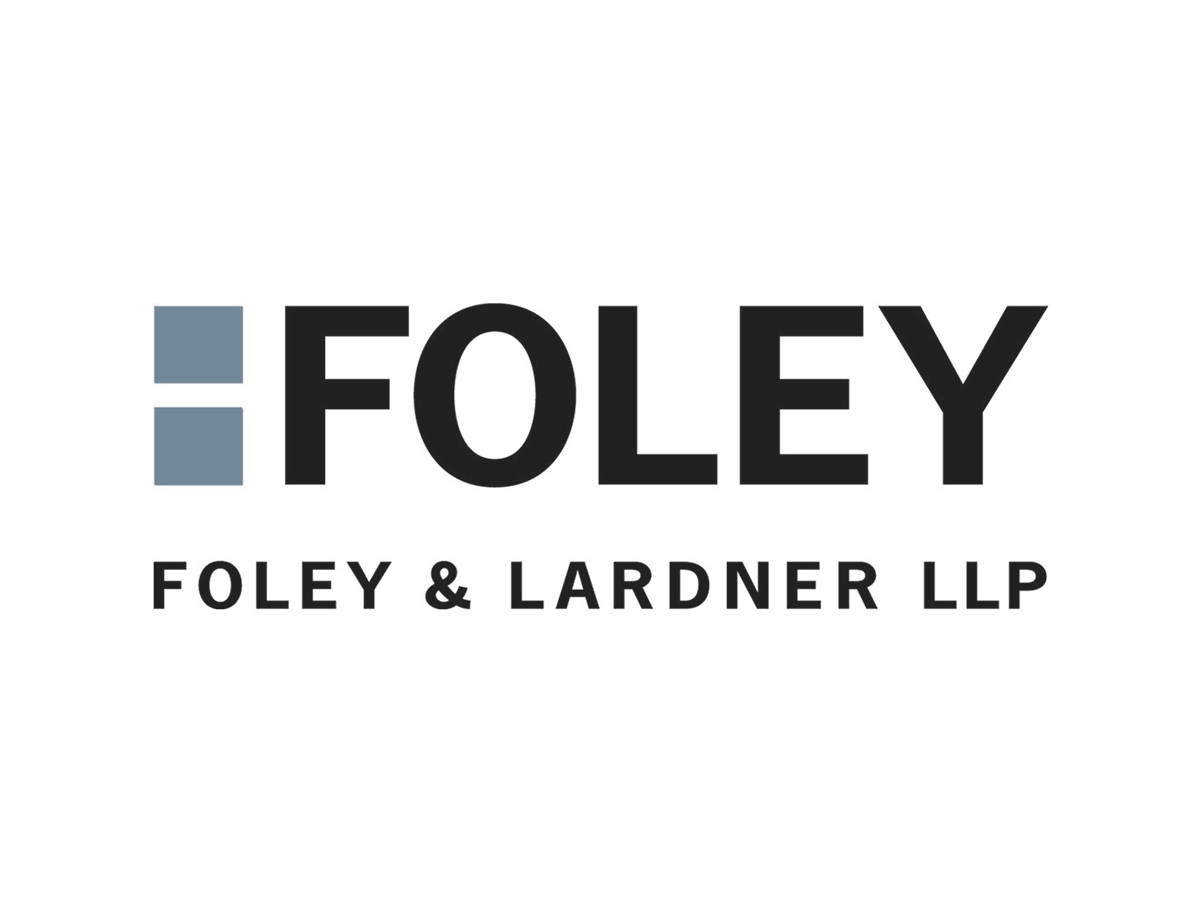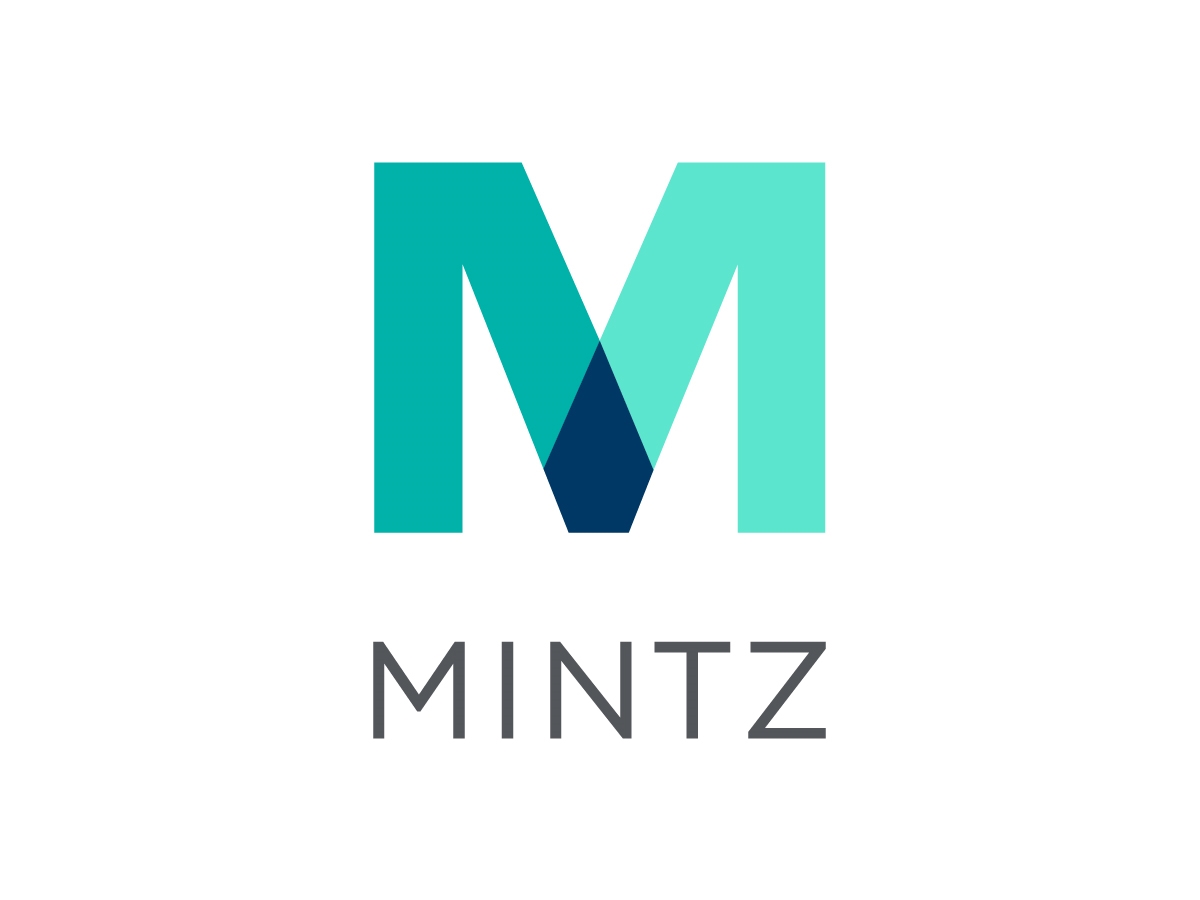Alston & Bird
Teva branded pharmaceutical products R&D, Inc. Amneal Pharmaceuticals of New York, LLC, and others., no. 2024-1936 (Fed. Cir. (D.N.J.) Dec. 20, 2024). Opinion by Prost and Taranto, with Hughes and Hughes joining. The FDA approved this product as a drug, because its primary mode of therapeutic effect is albuterol sulfate. Teva has listed five patents for its ProAir (r) HFA in the Orange Book. These patents relate to improvements made in the device parts of the inhalers. Specifically, the dose counter and inhaler canister. Amneal filed a short Abbreviated New Drug Application to seek approval to market Teva’s ProAir (r) HFA. Amneal also filed a paragraph IV certification of noninfringement, prompting Teva to sue for infringement.
The district court found for Amneal and ordered Teva to delist the five asserted patents because they do not “claim
the drug for which the applicant submitted the application” as required by 21 U.S.C. SS 355(b)(1)(A)(viii)(I). Teva appealed.
The Federal Circuit upheld. The court summarized the regulatory and statutory background for FDA approvals of market drugs. The court then upheld the district court’s statutory interpretation, rejecting Teva’s two core arguments.[]First, Teva argued that its patents “claim the drug” under the statute because “a patent claims the drug if it reads on the approved drug.” The Federal Circuit rejected this interpretation “as allowing for the listing
of far more patents than Congress has indicated.” Instead, a patent claims the drug “when it particularly points out and distinctly claims the drug–not simply when the claim could somehow be interpreted to read on the drug.”
Second, Teva argued that a patent claiming any component of a drug is listable in the Orange Book. Again the Federal Circuit disagreed, explaining that “to qualify for listing, a patent must claim at least what made the product approvable as a drug in the first place–its active ingredient.” Thus, Teva could not list its patents just because they claim the dose-counter and canister parts of the ProAir(r) HFA.[in the Orange Book]The Federal Circuit summarized its
analysis
as leading “to only one conclusion: To list a patent in the Orange Book, that patent must, among other things, claim the drug for which the applicant submitted the application and for which the application was approved. To claim the drug, the patent has to at least claim the active ingredient. Thus, patents claiming just the device components of the product approved in an NDA do not meet the listing requirement of claiming the drug for which the applicant submitted the application.”For these reasons, the Federal Circuit affirmed the district court’s order requiring Teva to delist its patents from the Orange Book.View Opinion
CloudofChange, LLC v. NCR Corp.
, No. 2023-1111 (Fed. Cir. (W.D. Tex.) Dec. 18, 2024). Opinion by Stoll, joined by Dyk and Reyna.
CloudofChange sued NCR for infringement of two patents directed to a system to simplify building online point of sale (“POS”) systems for non-expert business operators. The patents’ claims for a system include multiple components including local hardware, vendor-hosted software on remote web servers and an internet connection. It was undisputed that NCR did not provide all of the components for the accused system. For example, NCR contractually requires its customer users to maintain an internet connection, which is necessary to use NCR Silver.CloudofChange pursued only a single theory of infringement: that NCR directly used the claimed system by putting it into beneficial use under the Federal Circuit’s Centillion precedent. CloudofChange argued that NCR controlled and benefited from each component of the claimed system, and therefore, under Centillion’s precedent, used the system. A jury found NCR directly infringement and that the claims had not been proven invalid. Damages were awarded. NCR appealed the district court’s decision. NCR appealed the decision of the district court. The Federal Circuit agreed with the district judge that NCR’s customers use the claimed system. The court explained that NCR’s customers “control the entire system and gain benefit from it.” The court ruled that NCR was not vicariously liable. “NCR does neither direct nor control its merchants in order to subscribe to the NCR Silver System, download the NCR Silver App on their POS Terminals, or use the NCR Silver System by initiating actions at the POS Terminals to cause NCR Silver Software to modify its POS Terminals.” NCR’s merchants take these actions of their own accord.”
Thus, the Federal Circuit reversed the district court’s denial of JMOL and vacated the jury verdict.
View Opinion
Palo Alto Networks, Inc. v. Centripetal Networks, LLC
, No. 2023-1636 (Fed. Cir. (PTAB) Dec. 16, 2024). Opinion by Stoll, joined by Dyk and Stark.
Centripetal Networks owns a patent directed to a computing system that can correlate incoming and outgoing computer signal packets, and then, “responsive to the correlating,” transmit an indication that the packets are coming from a specific host.
Palo Alto Networks (PAN) filed an IPR petition challenging claims 1-18 as obvious over a combination of three prior-art references, including the “Paxton” and “Sutton” references. PAN relied on Paxton to determine all limitations, except for the requirement to transmit a host-specific indication in response to the correlating. The Patent Trial and Appeal Board found that PAN did not establish obviousness in the challenged claims. The Board explained that Paxton had a correlation, but no specific actions after the correlation, while Sutton had a transmission. However, Sutton’s transmission was “unrelated” to any correlation and lacked the “necessary” bridge that would have shown that a person of ordinary skill would have understood that the transmission would respond to the correlation. PAN appealed.
The Federal Circuit reversed the Board, ruling that it erred in not explaining its reasoning or holding regarding motivation to merge The Board “erred by looking at the references individually.” The Federal Circuit held that the Board’s analysis “constitutes legal error” because “Paxton and Sutton must be read together, not in isolation.” The court thus reversed and remanded “for the Board to clarify and explain its holding.”
View Opinion






